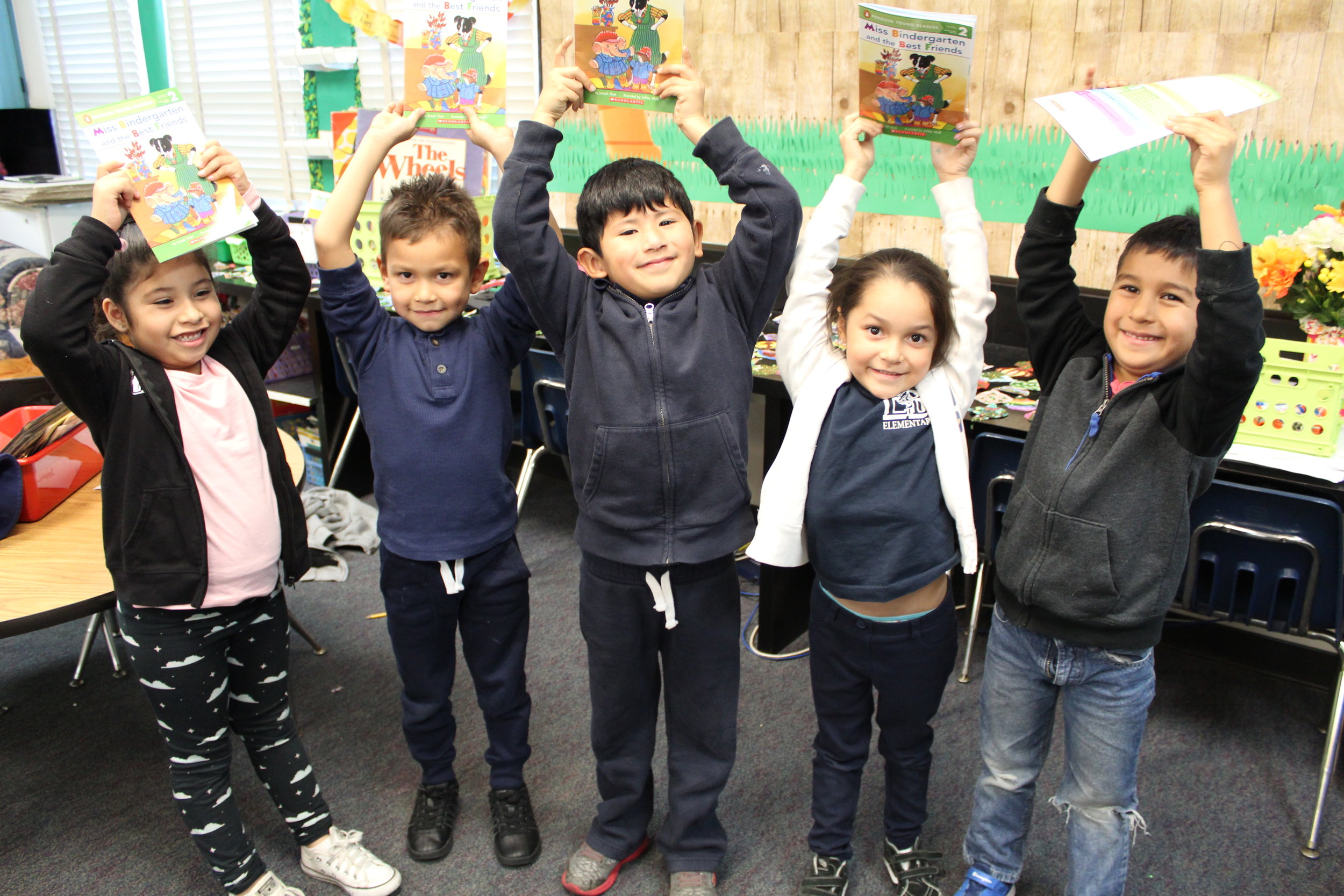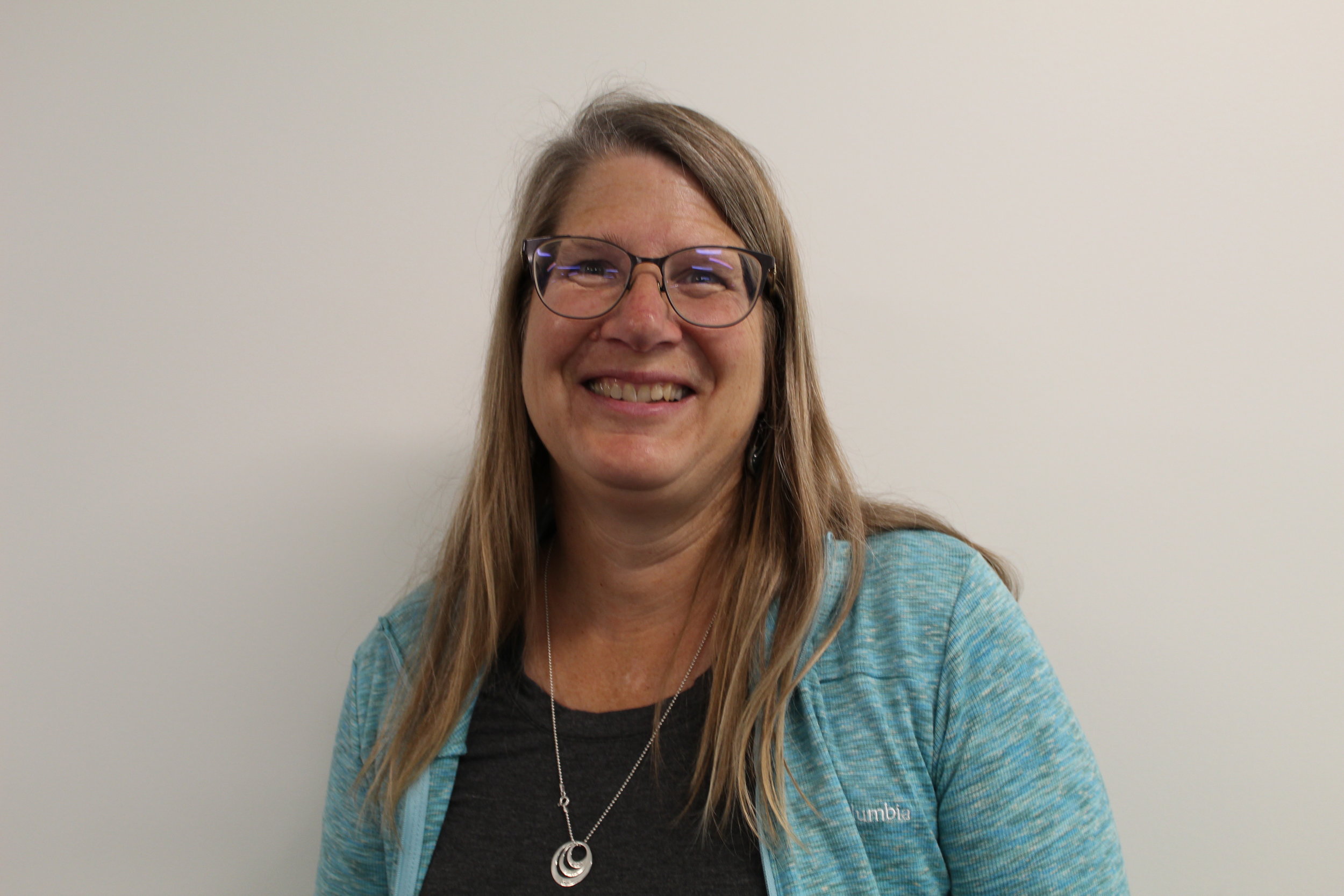We are so excited to announce that Rachael Orose is joining the Words Alive team as our new Executive Director!
An image of Rachael looking at the camera and smiling while she holds a stack of books!
Rachael Orose is an entrepreneurial social sector leader passionate about creating engaged and life-long learners. She has spent more than 20 years in the nonprofit sector working with national, regional, and local organizations committed to providing resources and opportunities for children and families in low-income communities.
Rachael will join Words Alive in September 2019 from The Molina Foundation, based in Orange County, where as Vice President she focused on operations, community partnerships, and fundraising. Rachael, who has spent the bulk of her life working in the nonprofit sector, was previously the Manager of Corporate Strategy for the American Red Cross (Washington D.C.), and the Senior Director for First Book (Washington D.C.). She has also held numerous positions for a variety of community-based organizations in both New York and Michigan.
Originally from Michigan, Rachael holds a graduate degree in public and nonprofit administration from the Maxwell School at Syracuse University and an undergraduate degree in the same field from Grand Valley State University.
“I’m excited to lead an outstanding team of dedicated volunteers and professionals who are invested in helping children and families make connections between books, themselves, and the world around them,” said Rachael. “Words Alive is making reading matter – truly matter – for young people and families in every community in San Diego, and beyond. I look forward to growing our distinguished, and proven, model that is inspiring future generations of lifelong learners.”
Now, let’s hear more from Rachael!
What intrigued you about Words Alive?
Have you ever seen the “aha!” moment on the face of a child? That moment when a child – my daughter – connects a story we read with her life, her family, and her environment, her eyes just light up and the world seemingly comes into focus. Now, imagine a toddler or a teenager who has never, ever had an “aha!” moment like that, who has never experienced the delight that comes from getting lost in a book while the world spins around them. I have found a community – the Words Alive community – who believes, as I do, that it is our moral obligation to ensure that all children are excited about reading and that we do everything we can to empower them with the “aha!” moments that we have found and love.
What are you most excited about in your new position?
Introducing and welcoming new friends, supporters, donors, and volunteers to the Words Alive community. The more people who learn about Words Alive and are willing to invest their time and resources into our work, the more we’ll be able to help children and teens change the stories of their lives.
What is your relationship with reading and learning?
Growing up my family lived with my grandfather. At least once a day, he would say to my brother and I, “If you can read, you can…” and end the sentence with something seemingly magical: cook, garden, fix a bicycle, drive, vote. So, we would read on his lap – often the same story over and over – because we knew that being able to read would unlock the wonders of the ‘grown up’ world. As I grew up, I saw that my childhood reality was foreign to so many children who had no books at home, no laps in which to read, and knew nothing about the magic beyond the letters on a page. This inequity has fueled my career ensuring that no one lives in a world trapped behind the bars of illiteracy.
What are you currently reading?
On my second day of working at Words Alive I’m going to have the honor of meeting Emma Donoghue at our Author’s Luncheon and Fundraiser. I just checked out her novel Frog Music from the library!
We are so excited to have Rachael on our team! To learn more about our volunteer opportunites, click here!














